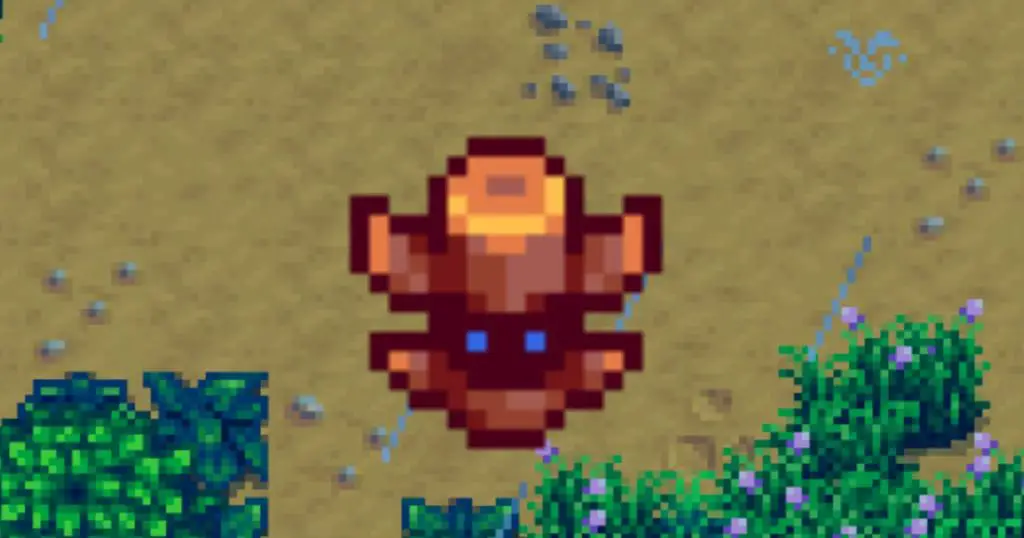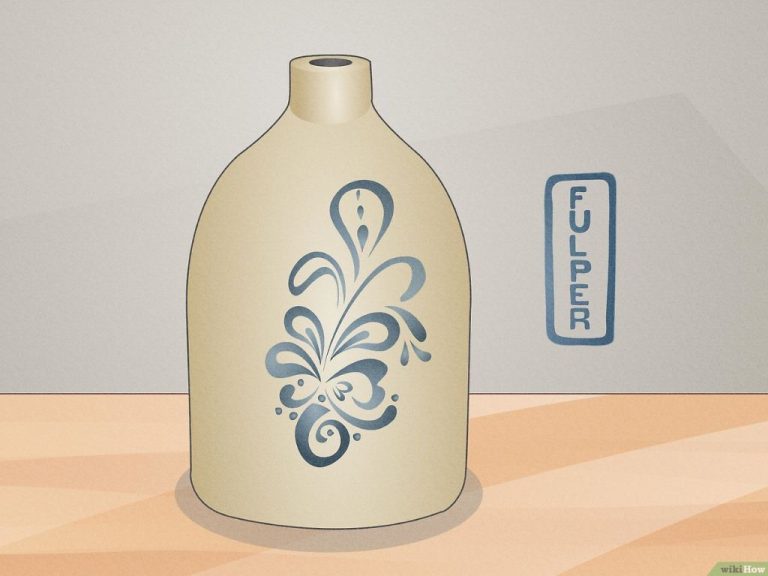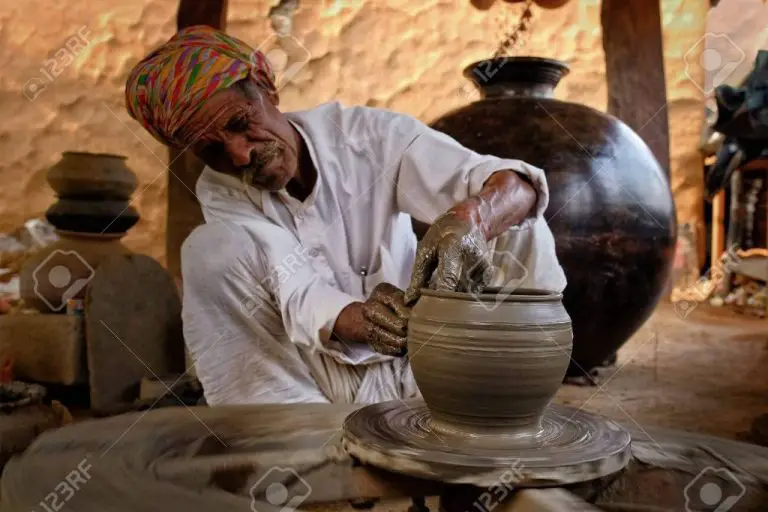Why Am I Not Getting Clay Stardew?
For many new Stardew Valley players, one of the most frustrating early game experiences is the struggle to find clay. You need clay for important crafting recipes like furnaces, bricks, and silos, but no matter how much you hoe or mine, those clay deposits remain elusive. Where is all the clay hiding, and why can it be so difficult to track down this vital resource in the early days of Pelican Town life?
Clay is an essential resource in Stardew Valley for crafting and construction. While basic items like paths and fences require common materials like wood and stone, critical farm buildings and equipment like silos, furnaces, and recycling machines need clay. Clay is also used to create bricks and other items for upgrading buildings and decorating your farm. Finding a reliable clay source is crucial for any Stardew farmer with ambitions beyond a simple plot of crops.
Where to Find Clay
Clay can be found in the mines and on the beach in Stardew Valley. In the mines, clay primarily spawns on levels 11, 13, and 16. Players have reported the highest frequency of clay nodes spawning on these middle depths of the mine (Source). Focus your mining efforts on these levels, using bombs and your hoe to quickly reveal nodes across large areas. The regular dirt and grasses on these levels have a good chance of dropping clay when tilled with the hoe.
Using a Hoe
One way to obtain clay is by using a hoe on dirt patches on your farm or around Stardew Valley. Each use of the hoe has a chance to produce clay in addition to other foraged items like stones, fiber, and geodes. According to this Reddit thread, the chance of getting clay from using a hoe increases as you level up your foraging skill: https://www.reddit.com/r/StardewValley/comments/48uo0x/fastest_way_to_get_clay/. So investing in improving your foraging skill can boost your clay yields when hoeing dirt patches.
Tilling Soil
One way to obtain clay is by tilling soil tiles using your hoe on the farm. Each time you use your hoe on a dirt tile, there is a chance it will produce clay as one of the foraged items (Digital Trends).
Certain farm types have higher chances of producing clay when tilling soil. For example, the Wilderness farm has the highest clay yields, while the Riverland farm has the lowest. The Standard, Forest, Hilltop, and Four Corners farm types fall in the middle in terms of clay production from tilling (TheGamer).
So if you’re looking to maximize your clay output, choose a farm type like Wilderness and focus on tilling all soil tiles each day. Just keep in mind that tilling is still random, so you’ll need to be persistent to stock up on clay.
Geode Drops
One of the most common sources of clay in Stardew Valley is through geode drops. Geodes have a small chance of containing various minerals and artifacts when cracked open, including clay. According to the Stardew Valley subreddit, the odds of getting clay from a geode are around 3%.
There are three main types of geodes that can contain clay:
- Regular Geodes – These have a 3% chance of dropping 1 clay.
- Frozen Geodes – Also have around a 3% chance of producing 1 clay.
- Omni Geodes – Have the best odds at 5% chance for 1 clay. Omni geodes can be obtained later in the game.
So in summary, while the odds are low, geodes offer a renewable way over time to gather small amounts of clay. Focus on cracking open as many Omni Geodes as possible for the best clay odds.
Killing Dust Sprites
Another way to obtain clay is by killing Dust Sprites in the mines. Dust Sprites are shadowy monster enemies that can be found on floors 41-79 in the regular mines. According to the Stardew Valley Wiki, Dust Sprites have a small chance of dropping clay when defeated.
The best floors to find lots of Dust Sprites are 55-65 in the regular mines. These levels have higher spawn rates for Dust Sprites. Equipping a Burglar’s Ring accessory will also increase the amount of drops from slain monsters, making it more likely to obtain clay from the Dust Sprites. With enough persistence and luck, defeating Dust Sprites can yield a good supply of clay.
Checking the Traveling Cart
The Traveling Cart is a merchant that appears in the Cindersap Forest south of the farm on Fridays and Sundays. This cart is stocked with a random assortment of items each week, and clay sometimes shows up among the wares.
The Traveling Cart is more likely to have clay available on rainy days. So checking the cart on rainy Fridays and Sundays gives the best odds of finding this elusive resource for sale.
Any clay for sale will be limited in quantity, but can provide a helpful boost when trying to gather enough for projects. Just be sure to check the Traveling Cart whenever it’s in town to see if luck is on your side.
Using Rain Totems
One way to increase your chances of finding clay is to use Rain Totems. Rain Totems are crafted items that change the weather to rain the next day. According to the Stardew Valley Wiki, rain boosts the foraging skill by 10%, allowing you to find more forageable items like clay (https://stardewvalleywiki.com/Rain_Totem).

To craft a Rain Totem, you’ll need to reach Foraging Level 9 first. Once unlocked, the recipe requires 1 Hardwood, 1 Pine Tar, and 5 Fiber. Hardwood can be acquired by chopping down hardwood trees or stumps in the Secret Woods. Pine Tar comes from tapping oak or pine trees. And fiber is a common forageable material. With the recipe, you can craft Rain Totems at any crafting station.
Using a Rain Totem will change the next day’s weather to rain. So it’s a reliable way to boost your foraging when you need resources like clay. Just craft some Rain Totems ahead of time and use them on days you plan to focus on collecting forageables.
Having Patience
It’s important to keep in mind that clay can take time to appear naturally in Stardew Valley. While there are methods to try to farm clay more quickly, such as tilling soil or killing Dust Sprites, you may simply need to have some patience as you play.
Don’t get discouraged if you go several in-game days without finding any new clay deposits. Focus on other tasks and goals in Stardew Valley, and periodically check areas where clay can spawn. Over time, you’re likely to accumulate a healthy supply of clay.
Many players report going days or even in-game seasons without seeing new clay patches. It can be frustrating, but try not to stress too much about the clay. Explore the mines, fish, tend to your farm, and improve relationships with the townspeople. Before you know it, you’ll discover some fresh clay deposits ready for harvesting!
Patience is key when it comes to clay in Stardew Valley. Keep playing consistently, and the clay will come in time. It’s all part of the natural ebb and flow of the game.
Conclusion
To recap, there are several methods you can use to obtain clay in Stardew Valley. Tilling soil with your hoe, especially on your farm, can produce clay. Geodes found while mining have a chance to contain clay when you crack them open. Killing Dust Sprites in the mines will sometimes drop clay. Checking the Traveling Cart regularly can reveal clay for sale. Placing Rain Totems on your farm when it’s not raining will help water tiles and produce clay. While it may seem frustrating at first, clay will come in time if you are diligent about using these methods.
Have patience and keep trying the techniques mentioned here – clay will turn up eventually. Focus on using your hoe to till soil, mining for geodes, fighting monsters that drop clay, and checking the Traveling Cart. Before you know it, you’ll have collected plenty of clay to create bricks, field snacks, recyclers, and more. Don’t get discouraged, clay will come your way with perseverance and by using the right methods.




